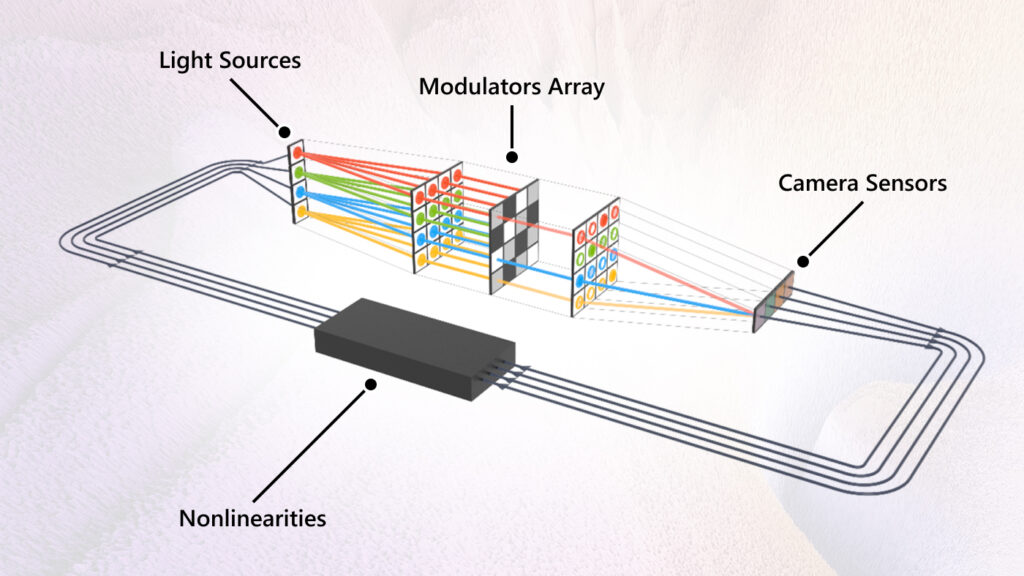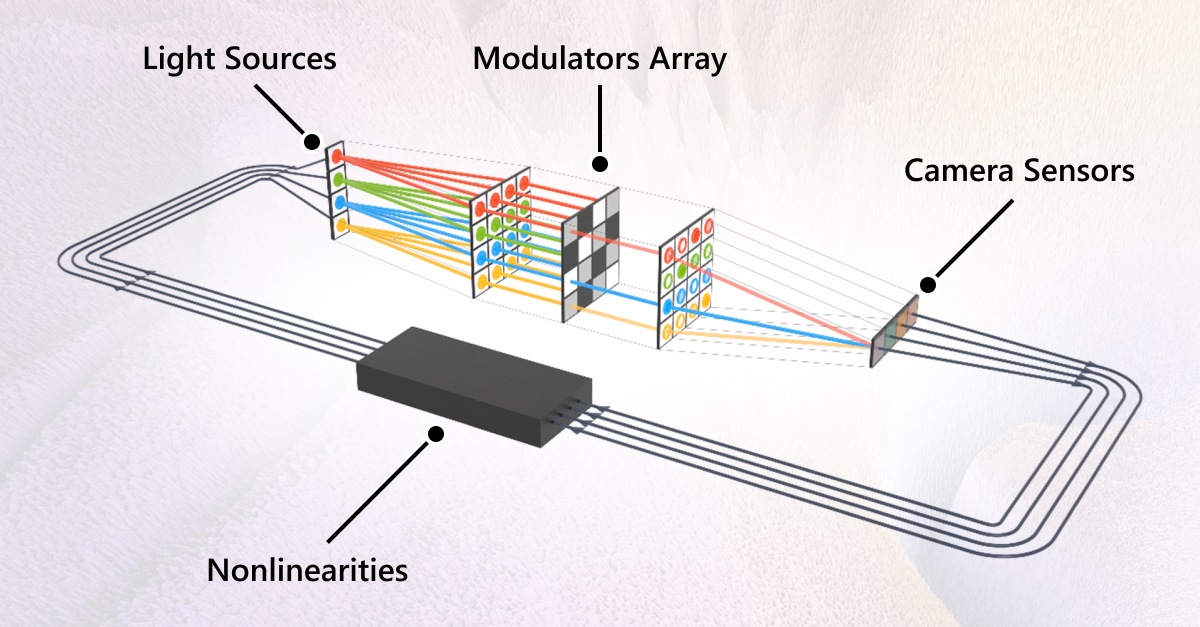
Picture a world where computing is not limited by the binary confines of zeros and ones, but instead, is free to explore the vast possibilities of continuous value data. Over the past three years a team of Microsoft researchers has been developing a new kind of analog optical computer that uses photons and electrons to process continuous value data, unlike today’s digital computers that use transistors to crunch through binary data. This innovative new machine has the potential to surpass state-of-the-art digital technology and transform computing in years to come.
The Analog Iterative Machine (AIM) is designed to solve difficult optimization problems, which form the foundation of many industries, such as finance, logistics, transportation, energy, healthcare, and manufacturing. However, traditional digital computers struggle to crack these problems in a timely, energy-efficient and cost-effective manner. This is because the number of possible combinations explodes exponentially as the problem size grows, making it a massive challenge for even the most powerful digital computers. The Traveling Salesman Problem is a classic example. Imagine trying to find the most efficient route for visiting a set of cities just once before returning to the starting point. With only five cities, there are 12 possible routes – but for a 61-city problem, the number of potential routes surpasses the number of atoms in the universe.
AIM addresses two simultaneous trends. First, it sidesteps the diminishing growth of computing capacity per dollar in digital chips – or the unraveling of Moore’s Law. Second, it overcomes the limitations of specialized machines designed for solving optimization problems. Despite over two decades of research and substantial industry investment, such unconventional hardware-based machines have a limited range of practical applications, because they can only address optimization problems with binary values. This painful realization within the optimization community has driven the team to develop AIM, with a design that combines mathematical insights with cutting-edge algorithmic and hardware advancements. The result? An analog optical computer that can solve a much wider range of real-world optimization problems while operating at the speed of light, offering potential speed and efficiency gains of about a hundred times.
Read more:

AIM and continuous value data could transform computing
The Analog Iterative Machine (AIM) is designed to solve hard optimization problems at the speed of light, besting state-of-the-art silicon solutions and even quantum computers. Learn how this promising technology is progressing:
www.microsoft.com























